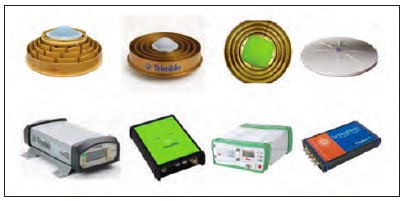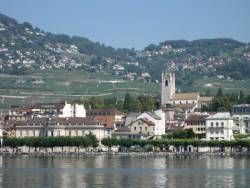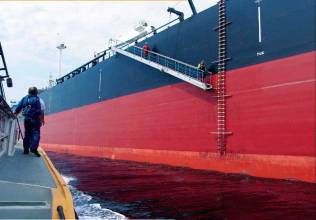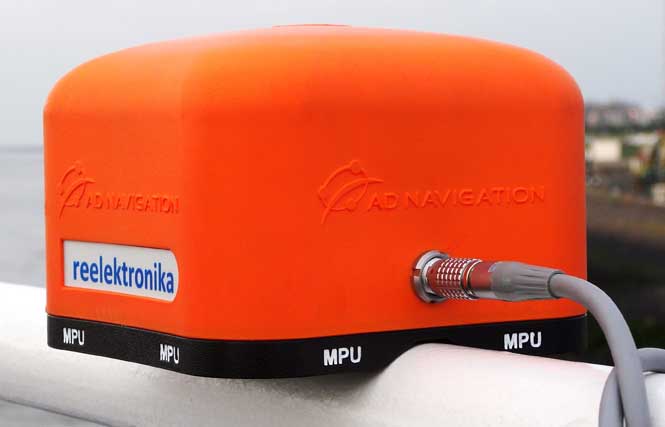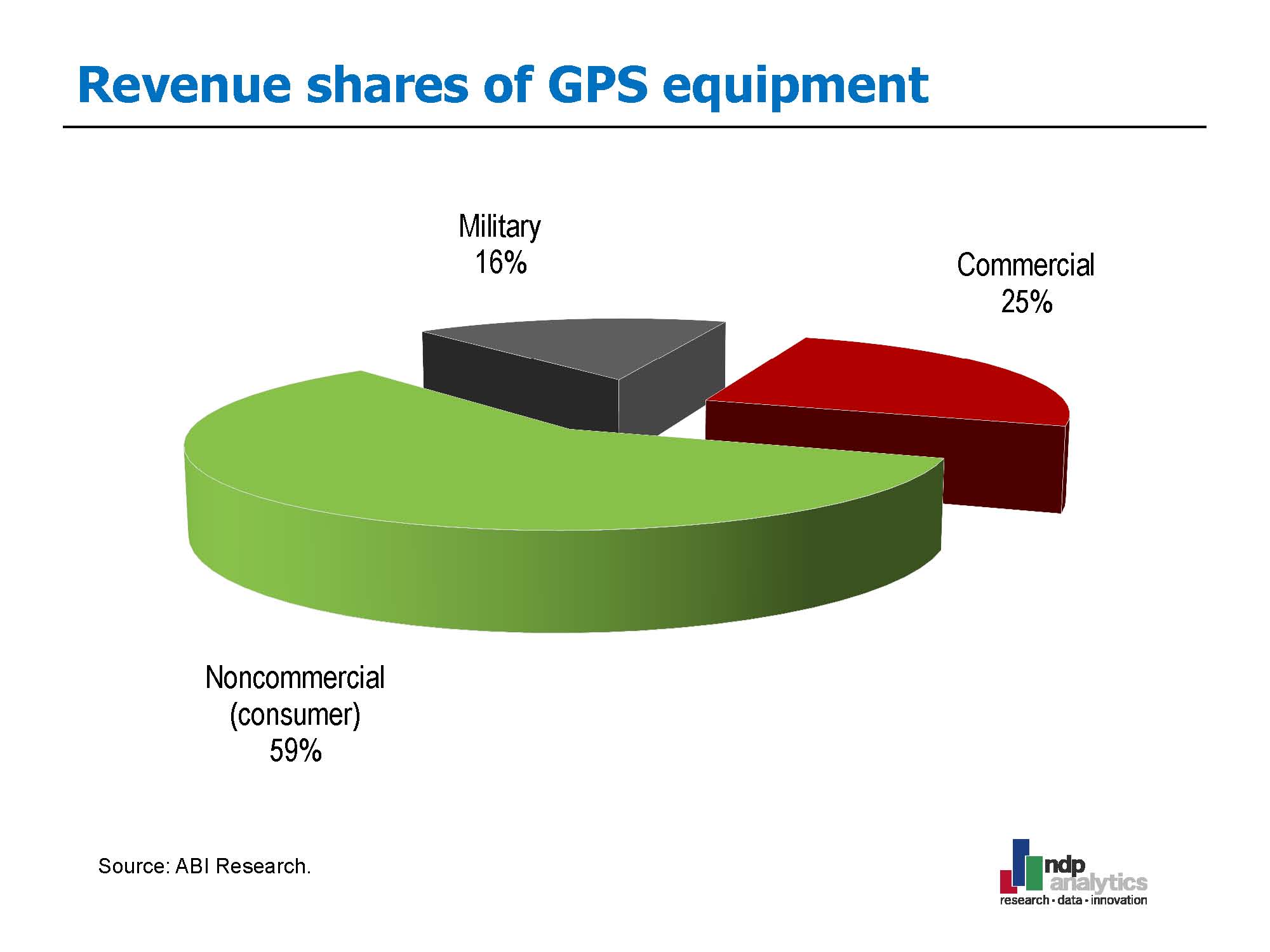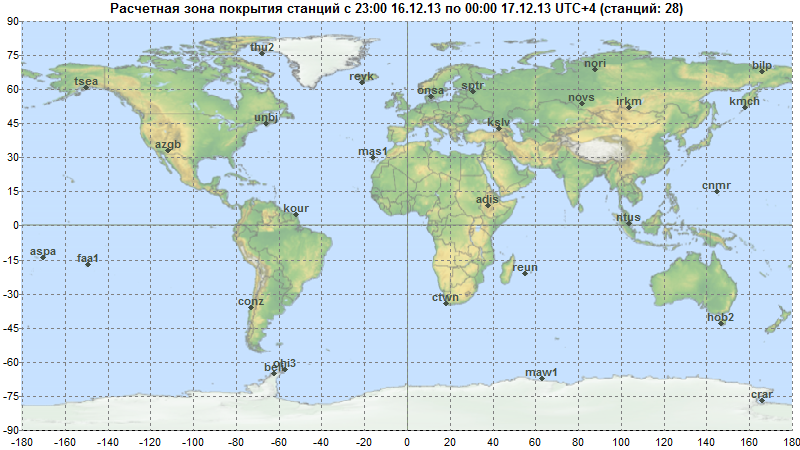FAA Taps Six Operators for Unmanned Aircraft Test Sites

U.S. aviation officials on Monday (December 30, 2013) named the winners of a high-stakes contest to operate one of six new research and test sites for unmanned aircraft. The Federal Aviation Administration (FAA) will now work to help the sites set up safe operations and create the structures needed within the agency to help it use the sites’ research results.
By Inside GNSS




















